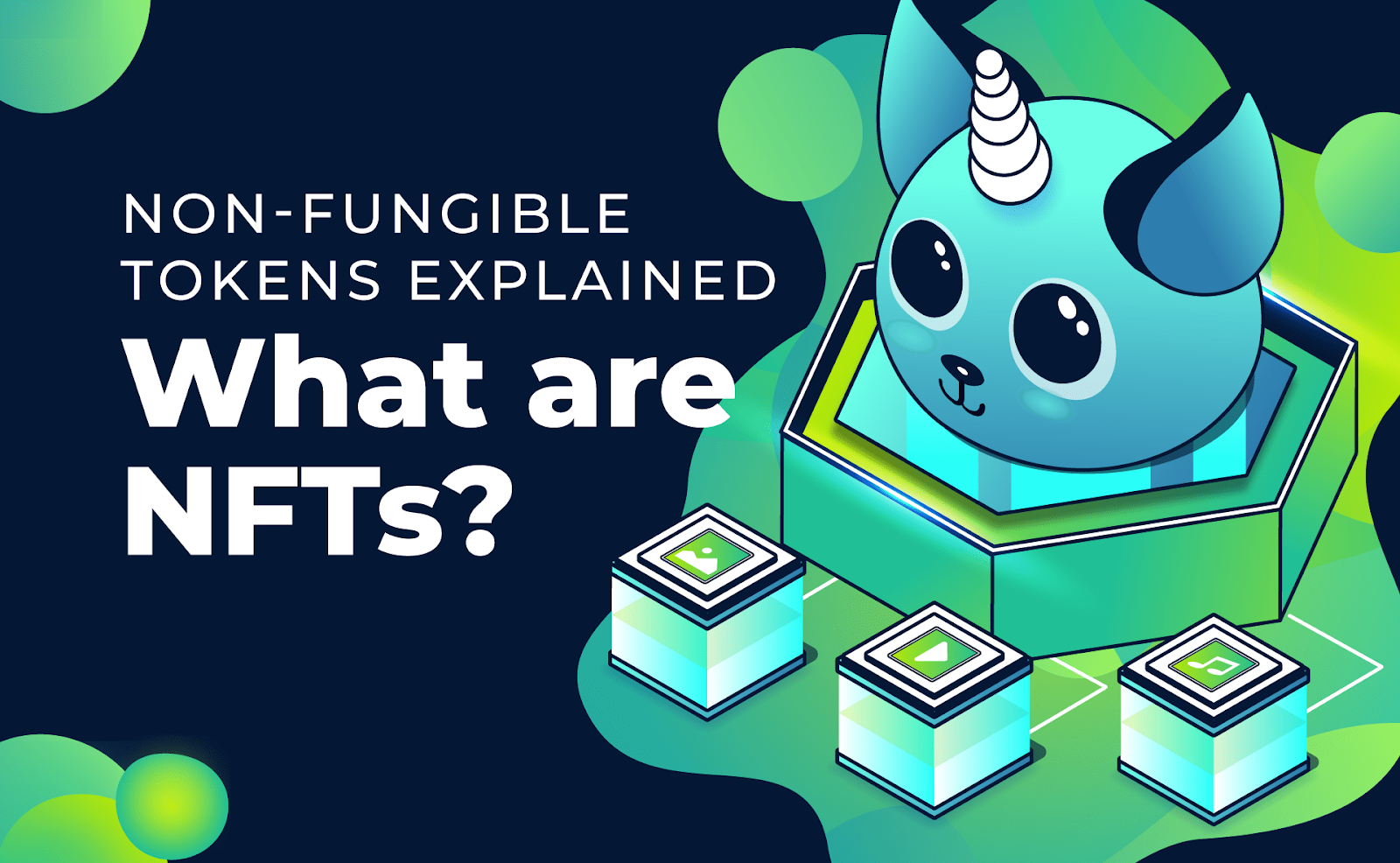In the last few years, we’ve been seeing non-fungible tokens everywhere. From art and music to GIFs and tweets, these digital assets are being sold for up to several millions of dollars. For some, NFTs are a way to sell their art and connect with their potential buyers, while others see it as a lucrative opportunity to earn money on one of the many NFT marketplaces.

Are NFTs just another hype that will disappear in the next few years or is it more than that? To respond to that question, let’s go over the basic information about non-fungible tokens and see why everyone is talking about them these days. This will also help you understand whether it’s recommended to develop a new NFT marketplace or not.
Non-fungible Tokens
A non-fungible token is a digital asset representing a real-world object such as music, art, in-game objects, videos and so much more. These digital assets are purchased and sold online, mostly with cryptocurrencies, and are encoded with the same software program as other cryptos. NFTs appeared in 2014 but became popular in 2017 when individuals recognized them as a favorable way to buy and sell digital artwork.
Usually, non-fungible tokens are unique, or one version of a limited run, and possess unique identifying codes. Unlike any other digital creation before, NFTs are not infinite in supply, allowing the owner to have something truly valuable in the digital world. However, most of the first NFTs were merely digital creations of something that already existed in another form, like video clips from best NBA moments or securitized versions of digital art already floating around on social media.
One of the most popular digital artists is Beeple, who has been creating NFTs every day for the past 13 years. That is why his NFT ‘EVERYDAY’ in 2021, sold for an incredible $69.3 million, is one of the most successful examples of NFTs. Another one is the first Tweet by Twitter’s Co-Founder Jack Dorsey, selling it for over $2.9 million. Famos actor William Shatner created his memorabilia as NFTs and sold 125,000 units in less than nine minutes.
Developing an NFT Marketplace
To sell and buy NFTs, you will need to join one of many NFT marketplaces. Of course, if you’re a entrepreneur, you might be even motivated to ride the NFT wave and start developing an NFT marketplace on your own.
To build an NFT marketplace, you will need to choose your niche first because it will help you start with your development project more easily. Then, you will need to define the UI/UX design for your project. Once you’ve covered these two steps, you will need to move to the back-end logic and front-end to ensure your NFT marketplace is user-friendly and accessible to new users. Then, you will need to utilize a smart contract token generator to get data authenticated on a blockchain. Lastly, you will need to test your NFT marketplace and deploy it. Before you launch it, make sure that every backlog is successfully resolved.
Costs of Building an NFT Marketplace
The cost and time needed to build an NFT marketplace will depend on the marketplace performance. For instance, if you’re interested in building an NFT platform on Ethereum which will provide complex features, you will need to invest more money than creating just a basic version of it.
If you opt for a ready-made solution, keep in mind that there is no security assurance, and the product will depend heavily on the platform from which you’ve received the key. In such a scenario, the costs will be lower, but you’ll need to strategize well if you wish to ensure security in such a marketplace.
Those who don’t have enough experience often decide to hire a software development team to create an NFT marketplace for you. They will create a user flow, build the functionality, add all necessary features, and design the entire marketplace from scratch. With this option, your costs will be higher. But in the long run, this option pays more because quality attracts more users than a basic, affordable platform that lacks security and functionality.
When Building an NFT Marketplace
Whether you are building an NFT marketplace on your own or with the help of experts, you will need to keep in mind a few things. Each successful NFT marketplace cannot survive without these elements:
- Transparency. NFT marketplaces need to provide transparency when reviewing and accessing all their transactions.
- Security. The security keeps traders safe from transaction loss and other potential harm.
- Decentralization. Users should be able to copy and distribute information to various blockchain networks.
- Smart contracts. These protocols help prevent fraud and eliminate the need for third parties.
- Monetization model. Consider whether and which part of the NFT marketplace you wish to monetize.
With more people becoming interested in NFTs, there is no doubt that quality, user-friendly marketplace will bring you the success you are seeking. As long as you offer something your competitors lack, you will find your target audience and become one of the most popular NFT marketplaces.
 Sections of this topic
Sections of this topic















